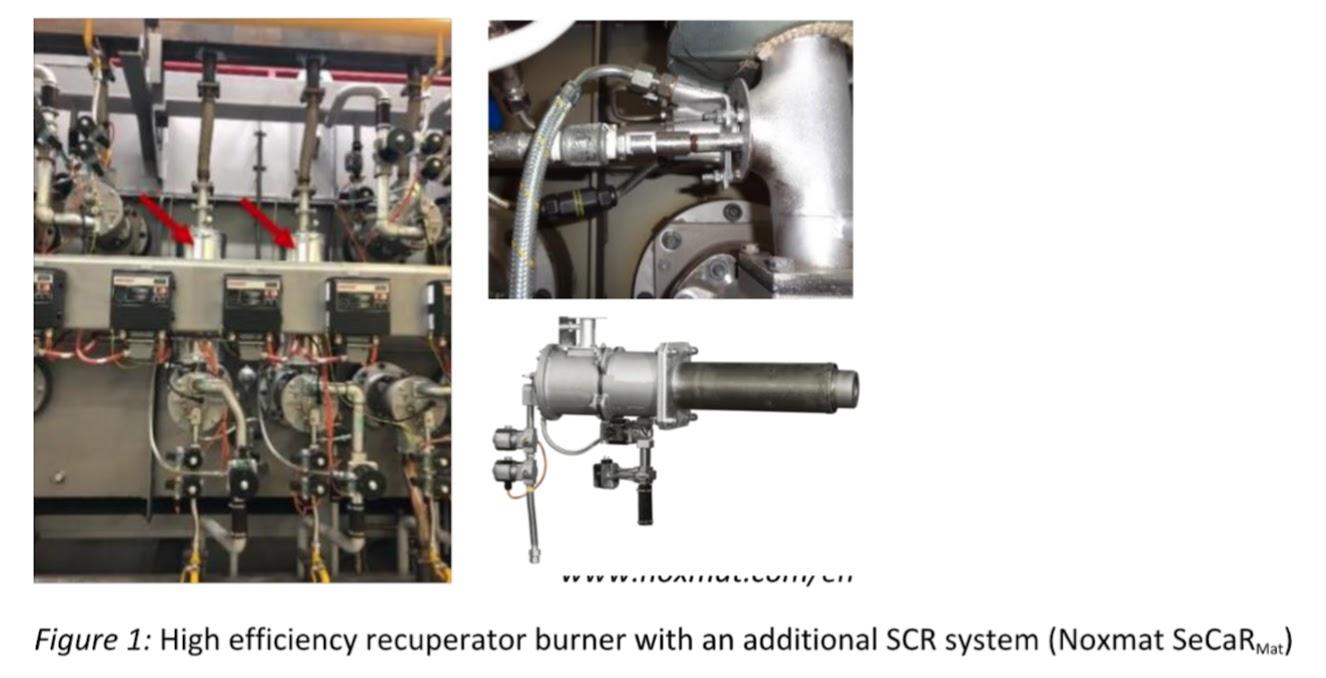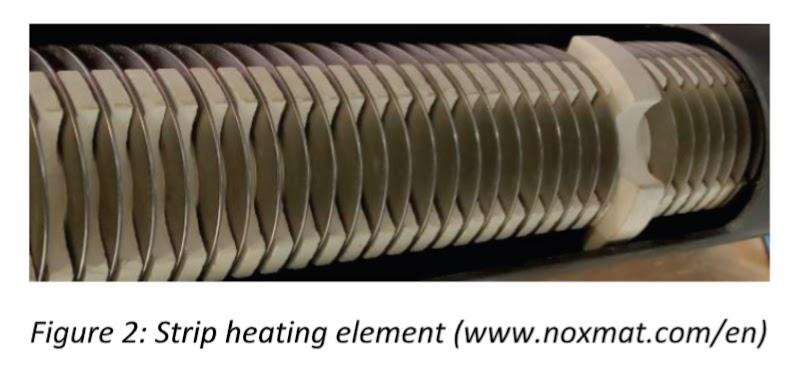Heating Systems From The Point of View of Sustainability Written By Klaus Buchner of Aichelin
Energy efficiency measures as well as emission reduction have become a top priority for large energy consuming industrial sectors like the field of industrial furnaces and kilns. The change in the international energy policy has important significance for the industry in terms of reducing CO 2 emissions.
When analyzing different heating systems from the point of view of sustainability four key aspects have to be considered:
- availability of energy
- energy costs
- carbon-footprint (total carbon-footprint)
- technical feasibility / frames
So, at the end of the day, it might be a compromise to decide upon electric heating or different gas heating systems depending on the local situation. Although the background of the carbon footprint respectively total greenhouse gas emissions will not be discussed in detail, it is nevertheless important to outline the relation between the energy source for heating and CO 2 emissions. Table 1 shows a rough overview of different heating systems. The following data should be understood as orders of magnitude only. This shows that, due to local differences in electricity generation, no general statement can be made regarding gas heating vs. electric heating with regard to CO 2 emission.
Based on this data, it is necessary to further exploit the optimization potential of gas burners. Especially when talking about heat treatment plants with heating capacities in the range of 300- 800kW (1,000,000-2,700,000BTU/h), recuperative single burners with 30-60kW (100,000- 200,000BTU/h) are state of the art in Europe. Meanwhile, efficiencies up to 85% in combination with single ended or U-tubes are feasible – 30% savings in gas consumption (in comparison to burner without preheating of combustion air). With increasing air preheating NO x emissions might also increase. Up to now, this has only been taken into account to a limited extent; in contrast to large combustion plants, central exhaust gas cleaning systems are not considered. In the following two approaches for NO x reduction will be given:
Flameless combustion [4]
Flameless combustion is based on mixing gas and air in such a way that no stable flame can be formed, while exhaust gases are recirculated back into the combustion area. Therefore, it is possible to avoid temperature peaks and achieve low NO x contents. It has to be mentioned that this technique is limited by a minimum temperature. Below safety temperature (750°C / 1400°F) the burner is operated as a standard burner.
Selective catalytic reduction (SCR) [5]
The concept of SCR using ammonia respectively urea to reduce the NO x content was already adapted for the automotive industry years ago. This principle can also be used for single burner units using urea injection and a single catalyst unit (vanadium/titanium dioxide-based). The temperature limits of use (due to chemical reaction kinetics) must also be pointed out for this technology. Figure 1 shows a high efficiency recuperator burner with an additional SCR system.
Beside ecological and economical aspects the technical issues must be considered as well. Electric heating systems might be limited by the power because of limited space. Strip heating elements (Figure 2) gives to possibility to use higher power density in combination with lower surface load, this gives a positive effect on service life. Nevertheless, it is important to keep in mind that electric heating elements must be connected sensibly to ensure a symmetrical load on the power grid.
However, it quickly becomes apparent that there is not one single measure that can be considered as the general problem solver. Rather, it is a bundle of measures to get closer to the goal of CO 2 -neutral heat treatment. However, it is necessary to critically scrutinize the heat treatment processes as such in order to be able to break new ground.
Did you like this article? Click here to subscribe to The Monty.
View our recent magazines and podcasts by clicking the following link. https://themonty.com/magazine/



